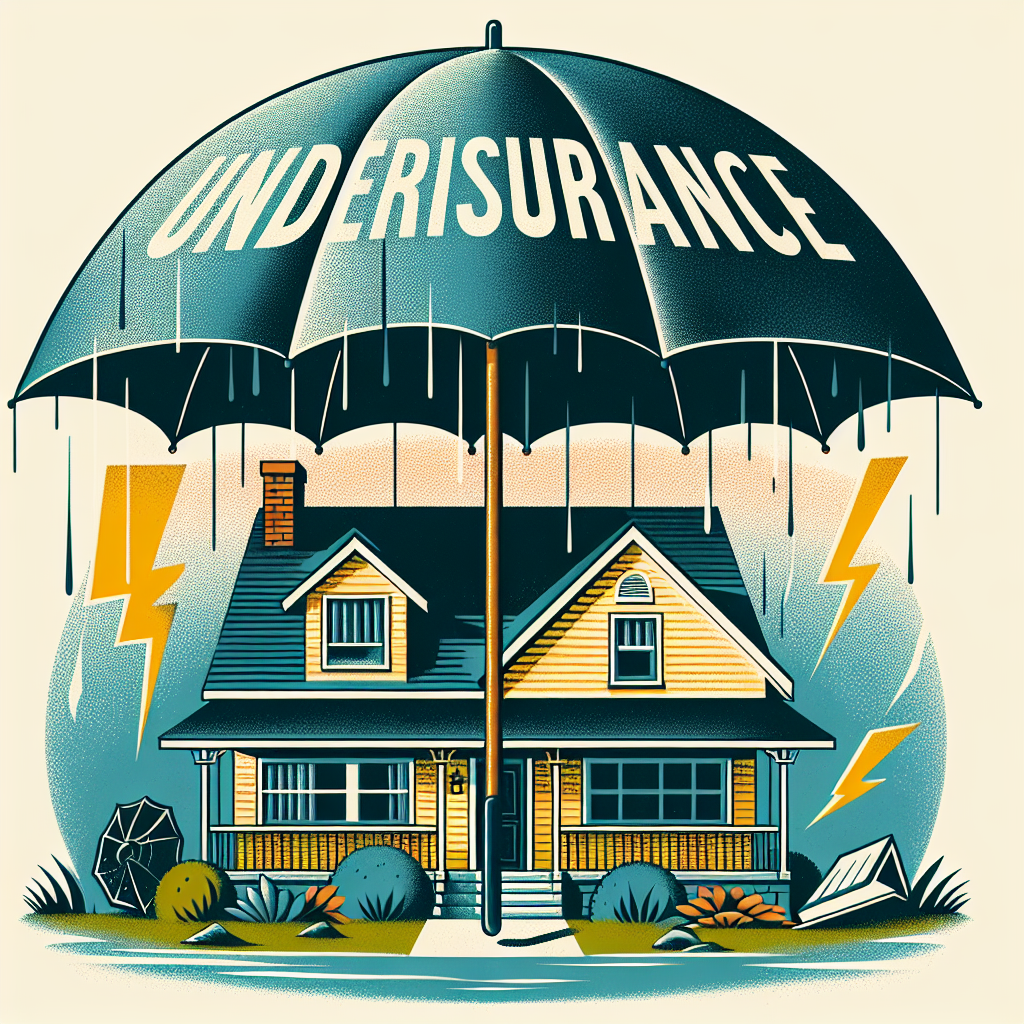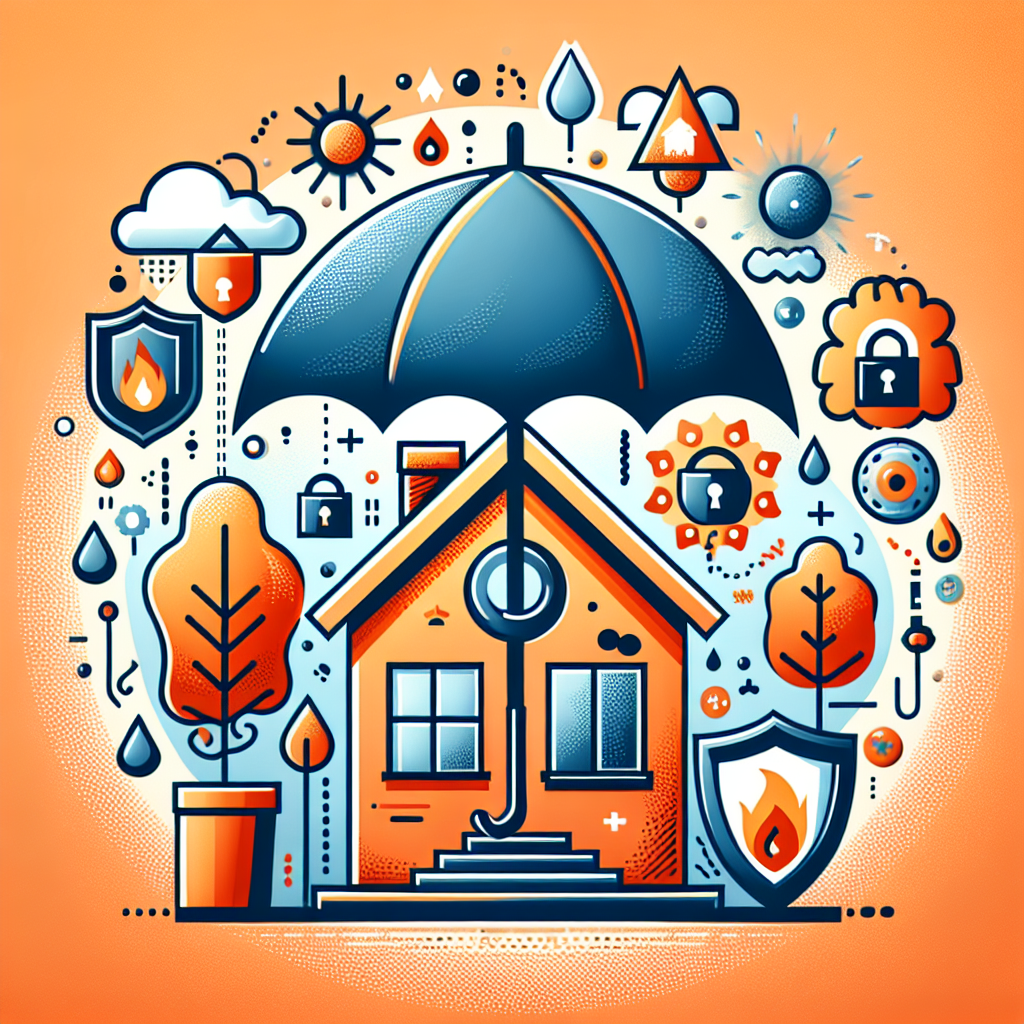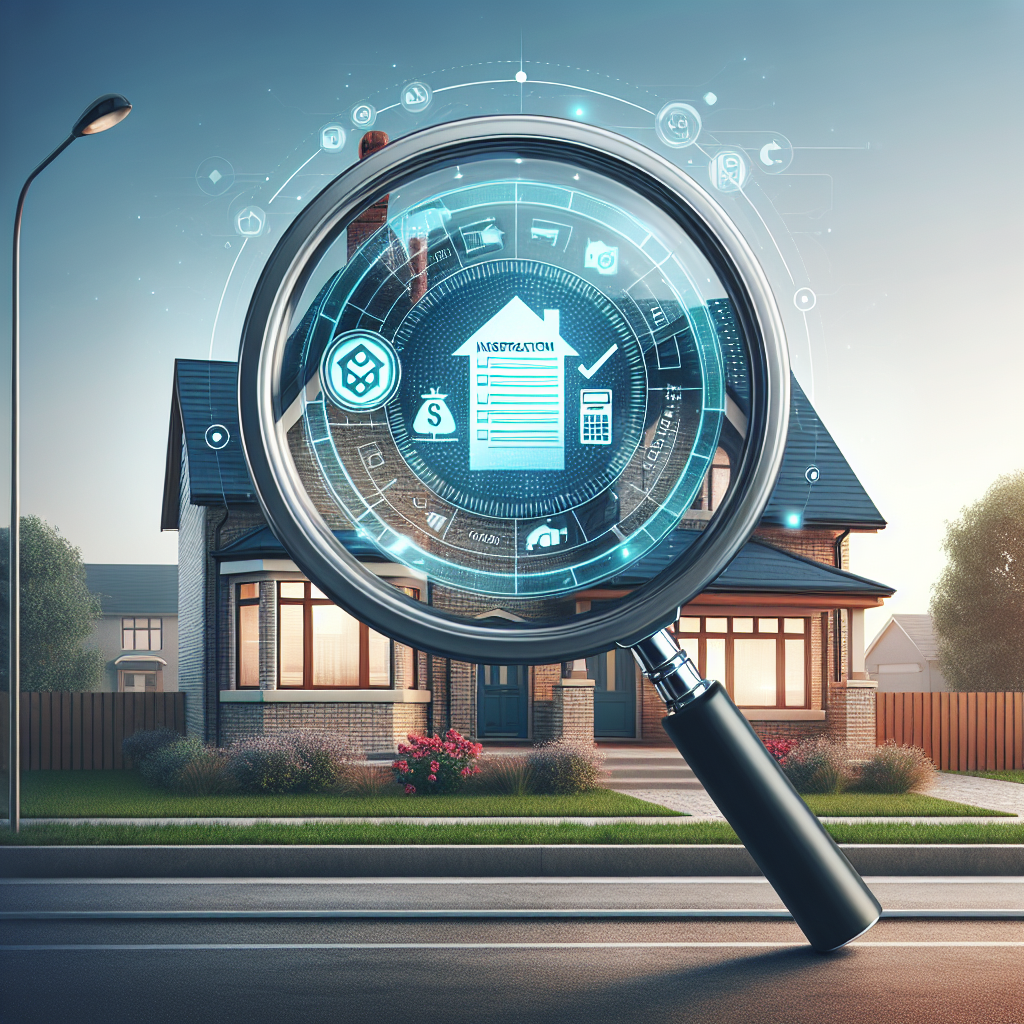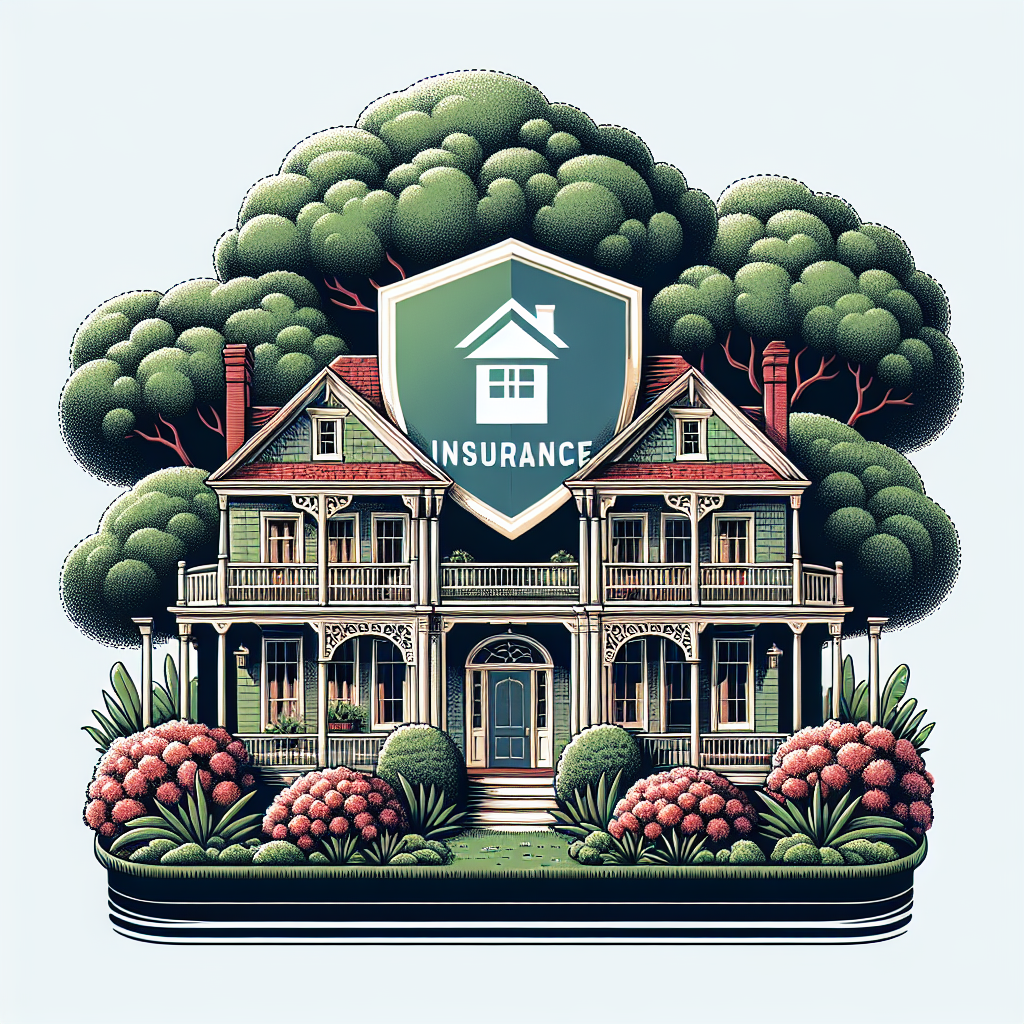Filed under Home Insurance on
Understanding Underinsured Home Insurance Risks

Home insurance is a safety net every homeowner should have, yet many unknowingly skimp on one crucial aspect: adequate coverage. Delving into the intricacies of underinsured home insurance risks reveals potential pitfalls that could leave homeowners vulnerable in times of need. This comprehensive guide aims to shed light on underinsured home insurance risks, equipping readers with the knowledge needed to secure their most valuable asset: their home.
What Does Being Underinsured Mean?
Being underinsured refers to a situation where a homeowner's insurance coverage is insufficient to cover the cost of repairing or replacing the home in the event of a disaster. It is a common predicament that many homeowners find themselves in due to a variety of reasons, such as rising property values, renovations, or misconceptions about policy details. Understanding underinsured home insurance risks starts with acknowledging these potential gaps in your coverage.
Why Underinsurance Is a Growing Concern
Inflation and Rising Property Values
The real estate market is constantly fluctuating, with property values experiencing significant increases in recent years. Many homeowners neglect to adjust their coverage limits to reflect these changes, thereby increasing underinsured home insurance risks. As property values rise, so too does the cost of construction materials and labor, which can leave homeowners with a gap between their policy limits and actual repair costs.
Home Renovations and Additions
Home improvements can significantly increase a home's value, but if these enhancements are not reflected in the insurance policy, underinsurance can quickly become a problem. Common renovations, such as kitchen upgrades or adding an additional room, often require a policy update. Failing to do so means that homeowners are inadvertently exposing themselves to underinsured home insurance risks.
The Complexity of Home Insurance Policies
Insurance policies are notoriously complicated, and many homeowners struggle to understand the full extent of their coverage. This complexity can lead to assumptions that ultimately leave them underinsured. To truly comprehend the underinsured home insurance risks, homeowners must carefully review their policies and consult with their insurance providers regularly.
Identifying Signs of Being Underinsured
Ignoring the possibility of underinsurance is risky, but how can you tell if you're affected? Here are key indicators that could signify insufficient coverage:
- Stagnant Coverage Limits: If your policy hasn't been updated in years, especially in a hot real estate market, you may be at risk.
- Recent Renovations: Have you recently expanded your home or made major upgrades? If so, your insurance needs likely have changed.
- Market Value Versus Rebuilding Costs: The market value of your home is not the same as the rebuilding cost, which is what insurance should cover.
- Standard Coverage Options: Relying solely on standard policy options without customization can expose you to underinsured home insurance risks.
Mitigating Underinsured Home Insurance Risks
Once you’ve identified potential coverage gaps, it's crucial to address these issues proactively to safeguard your home adequately.
Conduct a Comprehensive Review of Your Policy
Begin by thoroughly examining your current insurance policy. Check the coverage limits against the cost of completely rebuilding your home in today's market. It's advisable to consult with a professional appraiser who can provide accurate replacement cost estimates. Regularly reviewing and adjusting your policy can significantly reduce underinsured home insurance risks.
Evaluate Replacement Cost Versus Actual Cash Value
Insurance policies generally offer two types of coverage: replacement cost and actual cash value. The former covers the full expense of replacing the home without factoring in depreciation, while the latter takes depreciation into account. Understanding which coverage your policy offers and adjusting accordingly is crucial in managing underinsured home insurance risks.
Update Your Policy Post-Renovation
For those who have recently undertaken home renovations, ensure that these changes are acknowledged in your policy. Contact your insurance provider to reassess your coverage needs post-renovation. This will ensure you're not caught off guard by underinsured home insurance risks following substantial home improvements.
Consider Inflation Protection
Some insurance companies offer inflation protection as an add-on, which automatically adjusts your policy limits per inflation rates. This can be a valuable tool to help manage underinsured home insurance risks, especially in volatile economic climates.
The Role of Professional Advice
Professional guidance can be invaluable when tackling underinsured home insurance risks. Insurance agents and financial advisors can offer insights into coverage adjustments that match your unique needs and keep pace with market changes.
Leverage the Expertise of an Insurance Agent
An insurance agent can help demystify the complex language of insurance policies. They can identify potential underinsured home insurance risks and recommend necessary changes to ensure full coverage. Their expertise can be a key asset in navigating policy updates and expanding coverage limits appropriately.
Consult with a Financial Advisor
A financial advisor can offer a broader perspective on managing risks related to your home, factoring in broader financial goals and obligations. They can align your home insurance with your overall financial strategy, ensuring a balanced approach to tackling underinsured home insurance risks.
Shifting Industry Trends and Their Impact on Insurance
Understanding the shifting landscape of the insurance industry can further inform strategies to mitigate underinsured home insurance risks. Several trends are shaping how coverage is structured and administered.
Technological Advancements
The insurance sector is becoming increasingly reliant on technology to fine-tune coverage options. Smart home devices that provide real-time data on home security and energy usage can potentially influence policy terms and pricing. Being aware of how technology integrates with insurance can offer added layers of protection against underinsurance.
Climate Change Considerations
Climate change is leading to a rise in extreme weather events, which directly impact home insurance requirements. Homeowners need to ensure their policies are equipped to handle environmental risks, as failing to do so can result in significant underinsured home insurance risks during natural disasters.
Conclusion
Understanding underinsured home insurance risks should be a top priority for any homeowner. By comprehensively reviewing policies, updating coverage after home improvements, and leveraging professional advice, homeowners can make well-informed decisions to protect their assets adequately. Staying informed and proactive in the face of changing market dynamics and industry trends is the best defense against the pitfalls of being underinsured. By taking these strategic steps, you can secure both your property and peace of mind.



